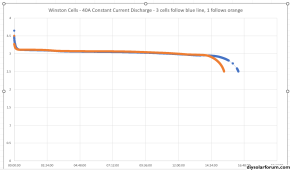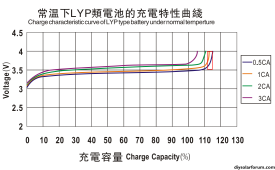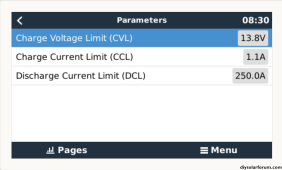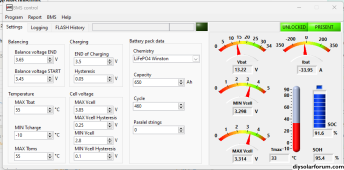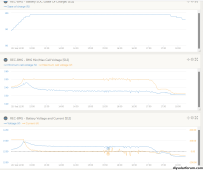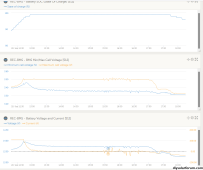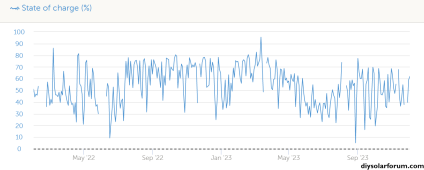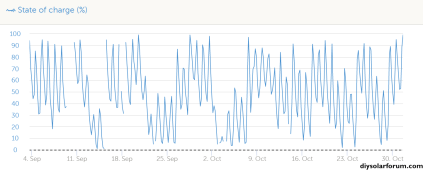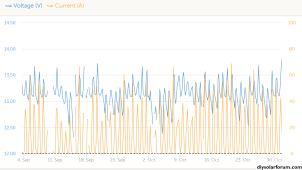Unlikely
New Member
I made a 12V battery from 4x Winston 700Ah cells. Been managed by REC-BMS with Active Balancer for 4 years. Raspberry Pi + Victron.
The cells were new direct from China factory with consecutive serial numbers.
You might call them A Grade these days, this was the way they did cell matching back then.
As new they measured 770Ah capacity each, on a rating of 700Ah, not bad!
With my EBC-A40L on a constant current 40A discharge test, I get 655Ah from 3 cells, but one is 615Ah
I have operated a 3.65V max voltage, 2.80V min voltage, balance from 3.45V upwards on the REC BMS.
I can see that some of the cells have bulged, as I could never manage to fit the supplied aluminium compression plates, being too small.
I am looking at the Tech Spec's for Winstons, and they have charge to 4.0V and low voltage to 2.8V
So that is quite different from my other lithium cells, which are EVE LF280K cells.
Before I try it.....
I'm planning on putting the battery through a full test cycle with the EBC-A40L Battery tester, going to 4.0V and down to 2.8V
Perhaps it will restore some capacity ??
And perhaps parallel up all 4 batteries for a day and night with Constant Current to 4.0V to see if I can get some of those lithium ions to go home.
What do you reckon? ;-0
Or should I just call it a 610Ah battery from now on, and cut my losses??
The cells were new direct from China factory with consecutive serial numbers.
You might call them A Grade these days, this was the way they did cell matching back then.
As new they measured 770Ah capacity each, on a rating of 700Ah, not bad!
With my EBC-A40L on a constant current 40A discharge test, I get 655Ah from 3 cells, but one is 615Ah
I have operated a 3.65V max voltage, 2.80V min voltage, balance from 3.45V upwards on the REC BMS.
I can see that some of the cells have bulged, as I could never manage to fit the supplied aluminium compression plates, being too small.
I am looking at the Tech Spec's for Winstons, and they have charge to 4.0V and low voltage to 2.8V
So that is quite different from my other lithium cells, which are EVE LF280K cells.
Before I try it.....
I'm planning on putting the battery through a full test cycle with the EBC-A40L Battery tester, going to 4.0V and down to 2.8V
Perhaps it will restore some capacity ??
And perhaps parallel up all 4 batteries for a day and night with Constant Current to 4.0V to see if I can get some of those lithium ions to go home.
What do you reckon? ;-0
Or should I just call it a 610Ah battery from now on, and cut my losses??



